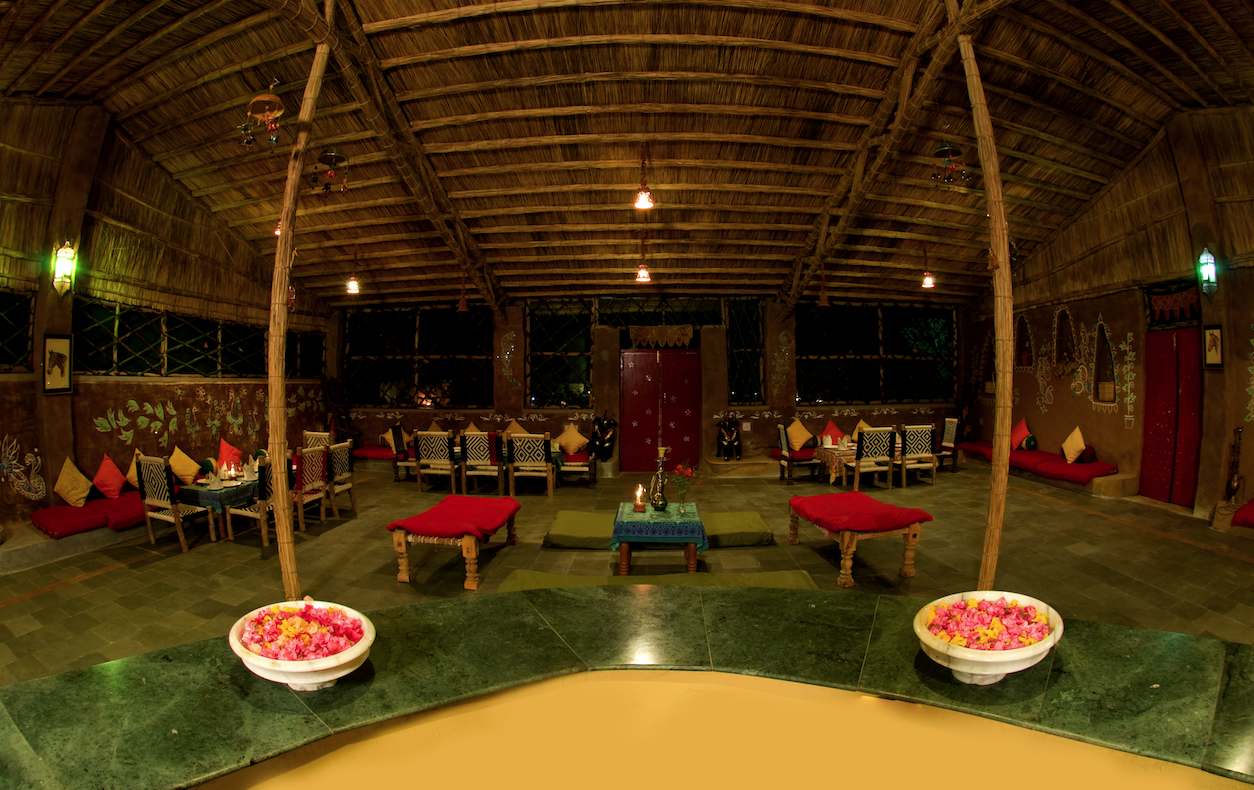Memories of Dhabas in the Jungle

Although I grew up in the city of Ahmedabad, I have spent a lot of time travelling across India. When I started working, my travels went deeper into the rural hinterland of India. As an Area Sales Manager of one of the largest global consumer goods companies, my work took me to the nooks and corners of different states. One of my favourite states that I would visit was Madhya Pradesh, the very central state of India. Roughly the size and population of Germany, this is a state steeped in history and rich in natural beauty. The mighty Narmada river flows through the state and large parts of it are still covered in jungles. The Temples of Khajuraho, dating back to the 10th Century, with their exotic sculptures, are on the northern fringe of Madhya Pradesh. It’s a truly stunning state, and said to be the inspiration of Rudyard Kipling’s The Jungle Book.
Although I was fascinated with all aspects of culture and history as I travelled, I was also acutely conscious that I had a job to do managing a salesforce and growing sales for our products! Work involved travelling across the state, meeting distributors and sales colleagues. Days would often start early and end late with long hours in the car. On my work travels, I got to know the Dhabas of central India very well. A Dhaba is a roadside restaurant serving food with a local flavour, often acting as pit stops for travellers and lorry drivers. Some would be open from breakfast and end late into the night. Although often aesthetically basic, the beauty of the Dhabas was their ability to serve delicious restaurant-quality food. It was these roadside establishments that I often relied on for at least two meals of the day.
One particular Dhaba I’ll never forget was on the highway between the city of Indore and the state capital Bhopal. Their trademark breakfast dish was Poha. A poha is a savoury dish consisting of rice flakes with finely chopped sautéed onions and diced potatoes cooked with turmeric. They’re typically tempered with mild chillies and lemon juice and garnished with mustard seeds and chopped coriander. The moist onions and potatoes contrast the rice flakes that are ever so slightly al dente. It was the perfect low-calorie breakfast with slow release carbs. I remember tucking into steaming plates of poha while sipping on strong cups of sweet tea. The poha was a delicious energy boost that kept me going until the sales numbers were done!
Lunch would usually be a working one, often eaten with the distributors or other work colleagues over business discussions. It would usually then be back on the road, heading for the next town. It was during the evening meal that the Dhabas came into their own with Hindi film songs playing in the background with aromas of slow cooked food giving the travellers a break from the dusty highways and blaring horns. I remember eating some of the best Jeera Pulaos and Tarka Daals in these roadside Dhabas.
One evening, we had strayed off the main highway en route to the town of Ratlam, with the road passing through a jungle patch. My colleagues and I pulled into a Dhaba. The highlight of the menu was a butter chicken dish cooked with a local land race variety of chicken called Kadaknath. The Kadaknath chicken and its meat are black in colour and apparently is one of only three such breeds in the World. Undeniably tasty, the Kadak chicken had supposed aphrodisiac qualities. With it’s rather risqué reputation, the Kadak was an enigma in the Dhaba. However, I can’t tell you much more, as my sales colleagues and I had a pact – what happened on tour, stayed on tour!


